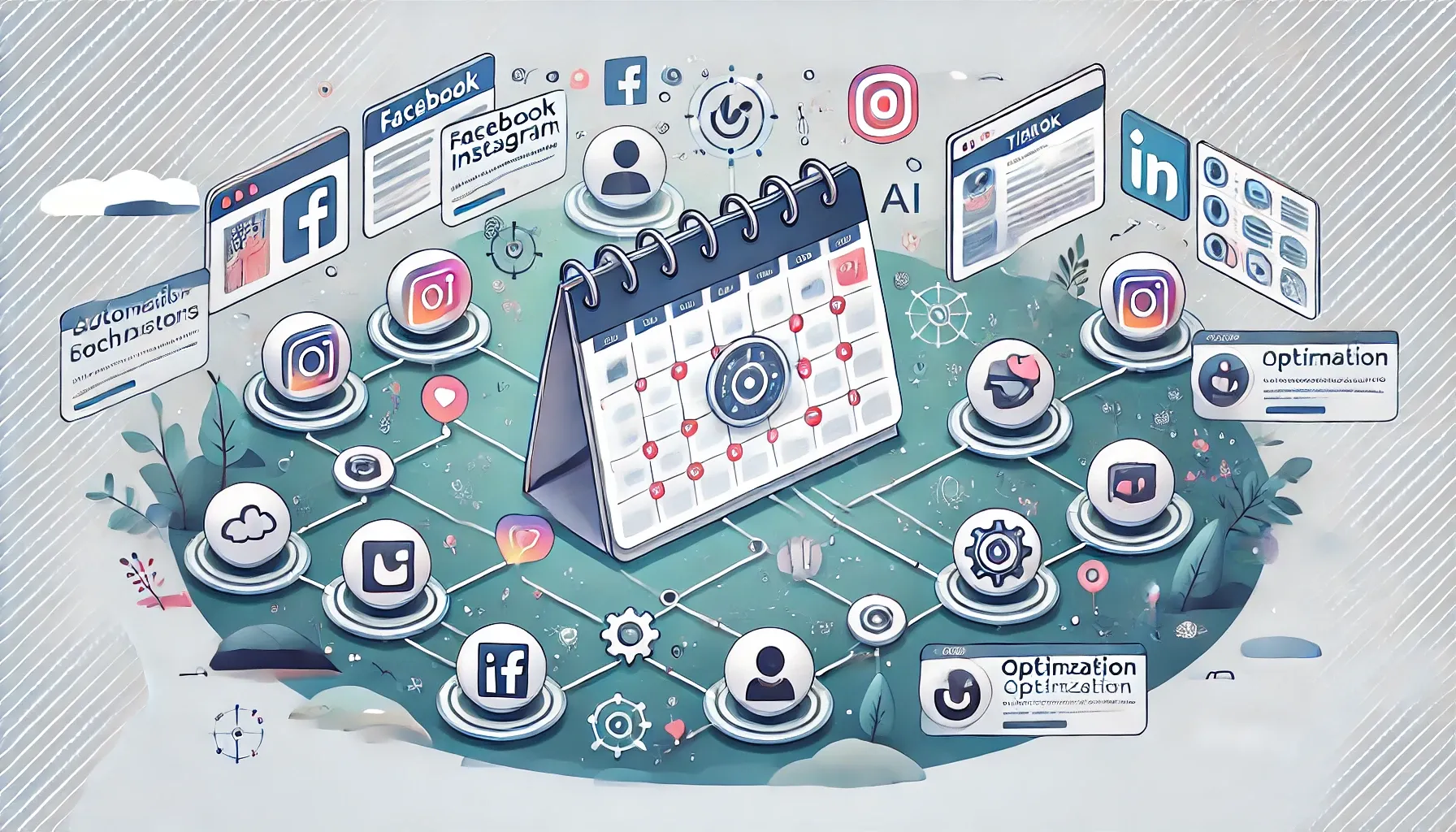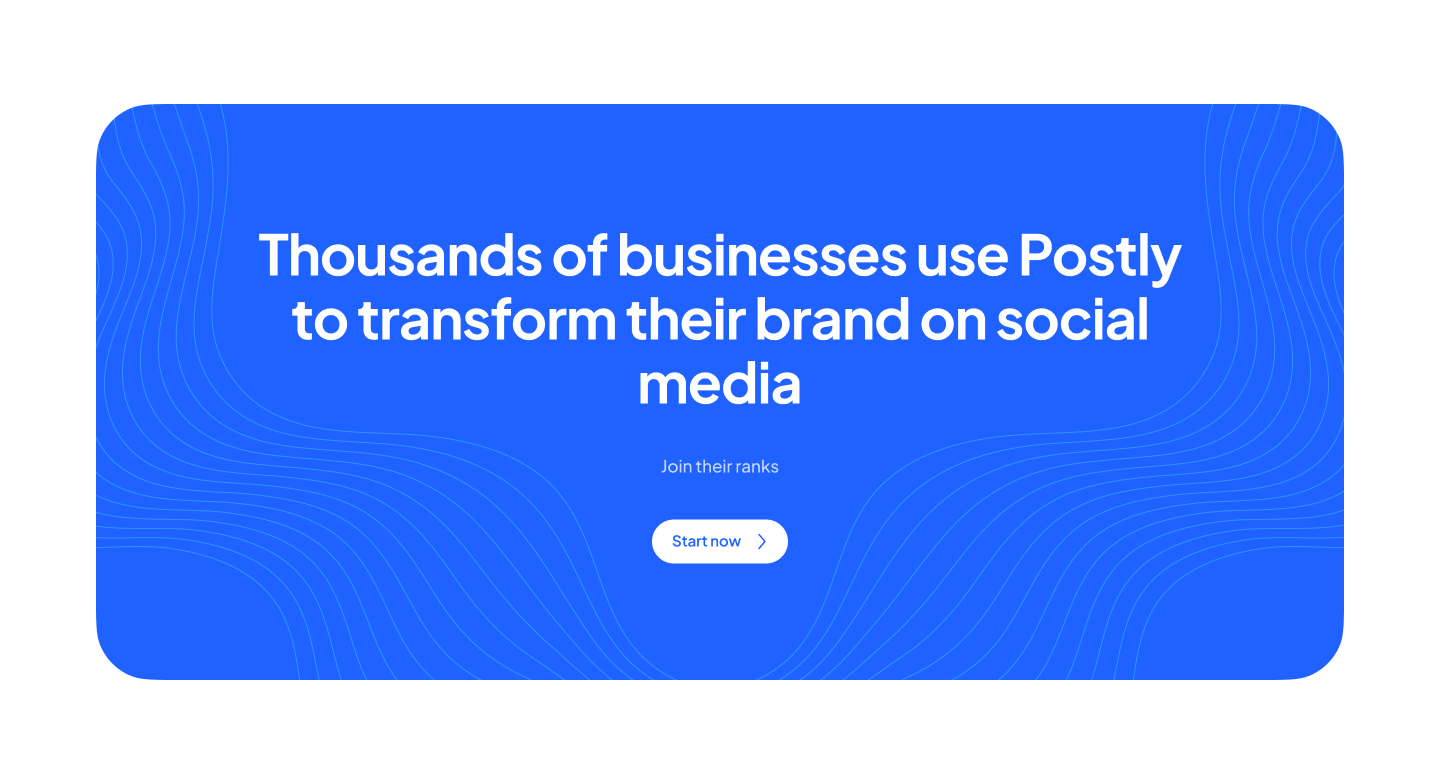Best Practices for Scheduling Posts on Multiple Social Media Platforms

Managing multiple social media platforms can feel overwhelming, especially when each platform demands unique content formats, posting schedules, and engagement styles. Scheduling your posts ahead of time can help alleviate this burden, ensuring consistency and optimizing your content strategy across different channels. Whether you are managing a personal brand or a business, mastering the art of social media post-scheduling can drastically improve your content performance.
This blog post will dive into the best practices for scheduling posts on multiple social media platforms, including how to leverage tools like Postly to automate, optimize, and analyze your efforts. Read on to explore actionable tips and strategies.
Why Scheduling Social Media Posts is Crucial
Consistency is key in social media marketing. When you schedule posts ahead of time, you ensure that your audience remains engaged, even during holidays, weekends, or other busy times. Benefits of scheduling include:
- Time-saving: Instead of managing posts daily, you can plan and schedule weeks or months of content in advance.
- Better Engagement: Scheduling posts based on your audience’s active times can improve engagement and reach.
- Platform Management: Scheduling tools allow you to manage multiple platforms in one place, maintaining brand consistency.
- Consistency: Regular, scheduled posts help build trust and keep your brand top of mind for your followers.
Best Practices for Scheduling Posts Across Multiple Platforms
To achieve optimal results from scheduling, it's essential to follow these best practices.
1. Create a Content Calendar
A well-organized content calendar is the backbone of successful scheduling. It ensures that your content is planned in advance and aligns with your overall marketing strategy. Using a tool like Postly makes it easy to visualize your content plan and stay organized across all platforms. Include key dates like product launches, campaigns, and industry events.
Tip: Diversify your posts by including a mix of content formats like blog links, videos, infographics, and user-generated content.
2. Post at Optimal Times for Each Platform
Every social media platform has peak activity times. Scheduling posts when your audience is most active increases the likelihood of engagement. For example, Instagram and Facebook often see more activity during lunch hours or late evenings, while LinkedIn performs better during weekday mornings.
AI tools, like those provided by Postly, can analyze your audience’s activity and automatically schedule posts during optimal times, ensuring maximum visibility.
3. Tailor Content for Each Platform
Different platforms require different content formats, tones, and styles. While it’s efficient to repurpose content, ensure that you adapt each post to fit the platform’s best practices. For example, Instagram is more visual, while LinkedIn tends to favor professional and informative posts. With Postly, you can schedule tailored content for each platform without leaving the dashboard.
Tip: Include relevant hashtags and tags specific to each platform to enhance discoverability.
4. Automate But Don’t Forget Human Interaction
Automation is great for saving time, but it’s important not to completely remove the human touch. Schedule regular check-ins to engage with your audience, reply to comments, and monitor your brand mentions. Postly provides in-depth analytics so you can respond to trends, adjust content strategies, and maintain meaningful interactions.
5. Monitor Performance and Adjust Your Strategy
Once your posts are scheduled and published, use analytics to monitor their performance. Identify which posts perform well and which don’t, and use these insights to refine your content strategy. Postly offers comprehensive analytics tools that help you track engagement, reach, clicks, and conversions across platforms.
Tip: Create reports from your data to optimize future scheduling strategies. You might discover that certain platforms require more frequent posts or that particular content types perform better.
6. Plan for Seasonal and Evergreen Content
While it's important to schedule posts around events, holidays, and campaigns, remember to balance it with evergreen content—posts that remain relevant over time. Evergreen content can fill gaps in your schedule and keep your channels active between more time-sensitive posts.
Using Postly, you can schedule evergreen content that continues to bring value long after it's been posted.
Tools to Help You Schedule Posts on Multiple Platforms
The right tools can simplify your scheduling process and enhance productivity. Here are some top tools to consider, including Postly, for managing posts across various platforms:
- Postly – A powerful platform designed for scheduling posts across multiple platforms with AI-driven automation, analytics, and optimization features. It streamlines content creation and publishing, offering support for all major social networks.
- Hootsuite – A widely used platform for managing multiple social accounts, scheduling posts, and analyzing results.
- Buffer – A scheduling tool that simplifies the process of planning, scheduling, and posting content across platforms.
- Sprout Social – Offers scheduling, monitoring, and reporting tools to manage social media campaigns across platforms.
- Later – Focuses primarily on visual platforms like Instagram, allowing users to schedule and manage image-based posts.
How Postly Can Help You Optimize Your Scheduling Strategy
Managing and scheduling posts across multiple platforms can be complicated, but Postly offers a solution. With Postly, you can streamline your social media workflow and execute your scheduling strategy effectively. Key features include:
- AI-Powered Scheduling: Automatically schedule posts based on when your audience is most active, ensuring better engagement and visibility.
- Content Repurposing: Tailor your posts for multiple platforms while maintaining consistent messaging.
- In-Depth Analytics: Get insights into your content's performance across platforms, allowing you to refine your strategy continuously.
- Multi-Platform Management: Schedule, publish, and track content across all major social networks from one dashboard.
With tools like Postly, social media management becomes more efficient and less time-consuming, allowing you to focus on creating engaging content and building your brand.
Conclusion
Effective social media management requires more than just posting content. By following best practices like creating a content calendar, posting at optimal times, tailoring content to each platform, and leveraging automation tools like Postly, you can maximize your reach and engagement across multiple platforms. Scheduling posts not only saves time but also ensures that your brand remains consistent and active in your audience’s feed.
Start refining your social media scheduling strategy today with tools like Postly and see how automated, data-driven content scheduling can boost your social media success.
Image 1: A landscape illustration showing best practices for scheduling posts on multiple social media platforms, with a central calendar linked to popular platforms and automation tools like Postly integrated into the workflow.
Sources
- "The Importance of Scheduling Posts for Social Media Success" – HubSpot
- "Best Times to Post on Social Media in 2024" – Sprout Social
- "Social Media Marketing Strategies" – Buffer Blog

